.
Watch the (very short) video above, and know this: realistic 3D holographic prints are now within reach.
The only thing needed to view the full-color, 360-degree images is a halogen or LED light source, no special glasses or projectors required
Building on hologram technology first developed in the 1960s, Zebra Imaging has applied advances in lasers and optics to take 3D data (from Google SketchUp, AutoCAD or Maya, for example), record them as highly-detailed hogels (the pixel building blocks of a hologram), and print them onto a malleable film substrate.
A good analogy for understanding how a holographic print works – on a simple level – is to think of an audio recording taken of an orchestra, then played back through a surround-sound speaker system. The original source points (of sound) have been captured in relation to a specific center, and can then be reconstituted to give the impression of a 3D soundscape. With light, the process is a bit more complex, especially when creating images like these that stay three-dimensionally realistic through a very wide field of view.
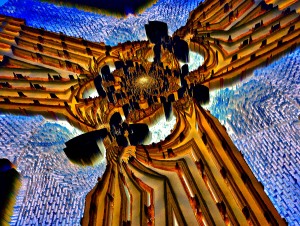 Thousands of Zscapes have been provided to the US Military over the years, for use in strategic planning, but prices for a color 12″ x 18″ version are now as low as $1,500, well within range for a non-Defense Department business. An Engadget commenter suggested Disney could use these to cover the walls of a roller-coaster ride tunnel. ArchDaily recently called them the “future of architectural visualization.” And artist Mark Henninger (my husband) is considering commissioning Zscape art prints of his psychedelic extrusion images.
Thousands of Zscapes have been provided to the US Military over the years, for use in strategic planning, but prices for a color 12″ x 18″ version are now as low as $1,500, well within range for a non-Defense Department business. An Engadget commenter suggested Disney could use these to cover the walls of a roller-coaster ride tunnel. ArchDaily recently called them the “future of architectural visualization.” And artist Mark Henninger (my husband) is considering commissioning Zscape art prints of his psychedelic extrusion images.
The exo-dimensional print also gave rise to a new thought: If we can see this thing in three dimensions, when it very obviously only exists in two, can the ruse be replayed on a higher level? What if the fourth dimension we experience as time is also an illusion of sorts, a trick played by our perception of matter and energy? Will we eventually be able – perhaps like a Star Trek holodeck character – to print out a life?
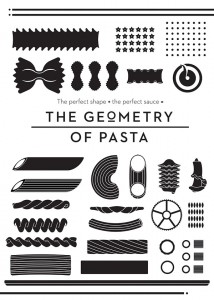
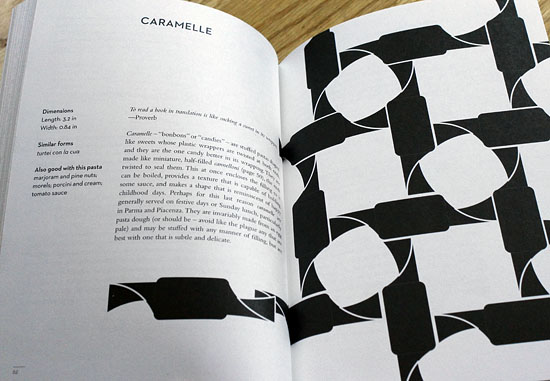
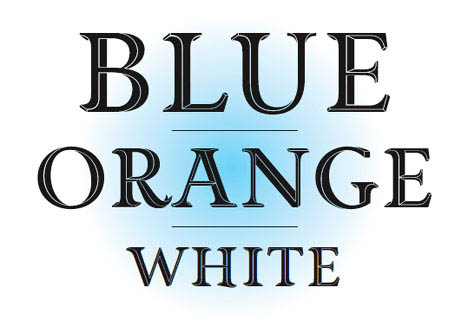
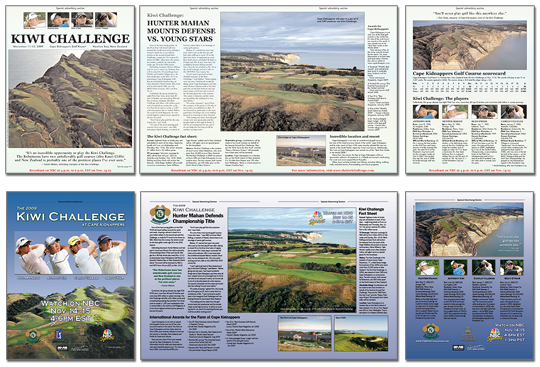
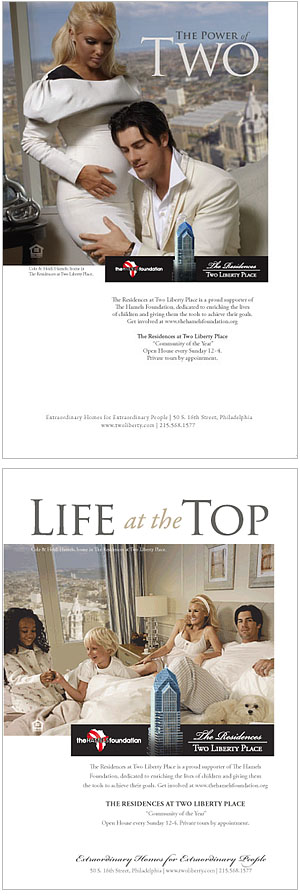

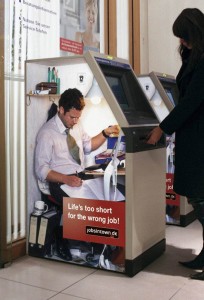
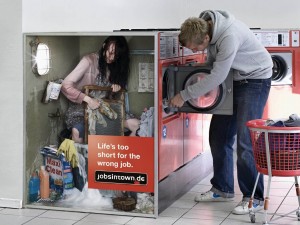
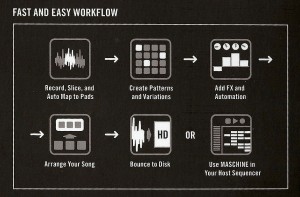
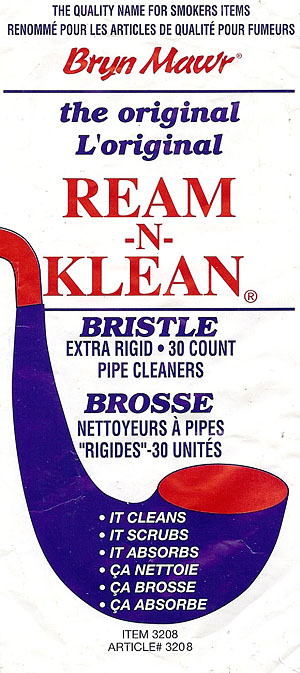 I really always wonder how product and brand designs like this can hang around as long as they do.
I really always wonder how product and brand designs like this can hang around as long as they do.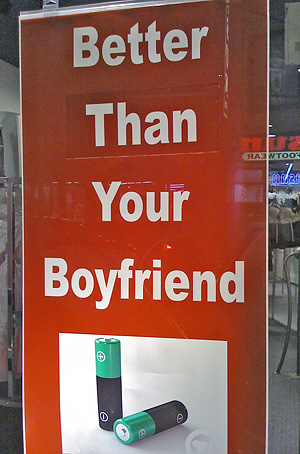 Proofreading is important in print design, and that means more than running spell check. The omnipresence of auto spell check has allowed designers to become much more lazy on this point.
Proofreading is important in print design, and that means more than running spell check. The omnipresence of auto spell check has allowed designers to become much more lazy on this point.